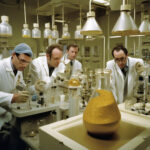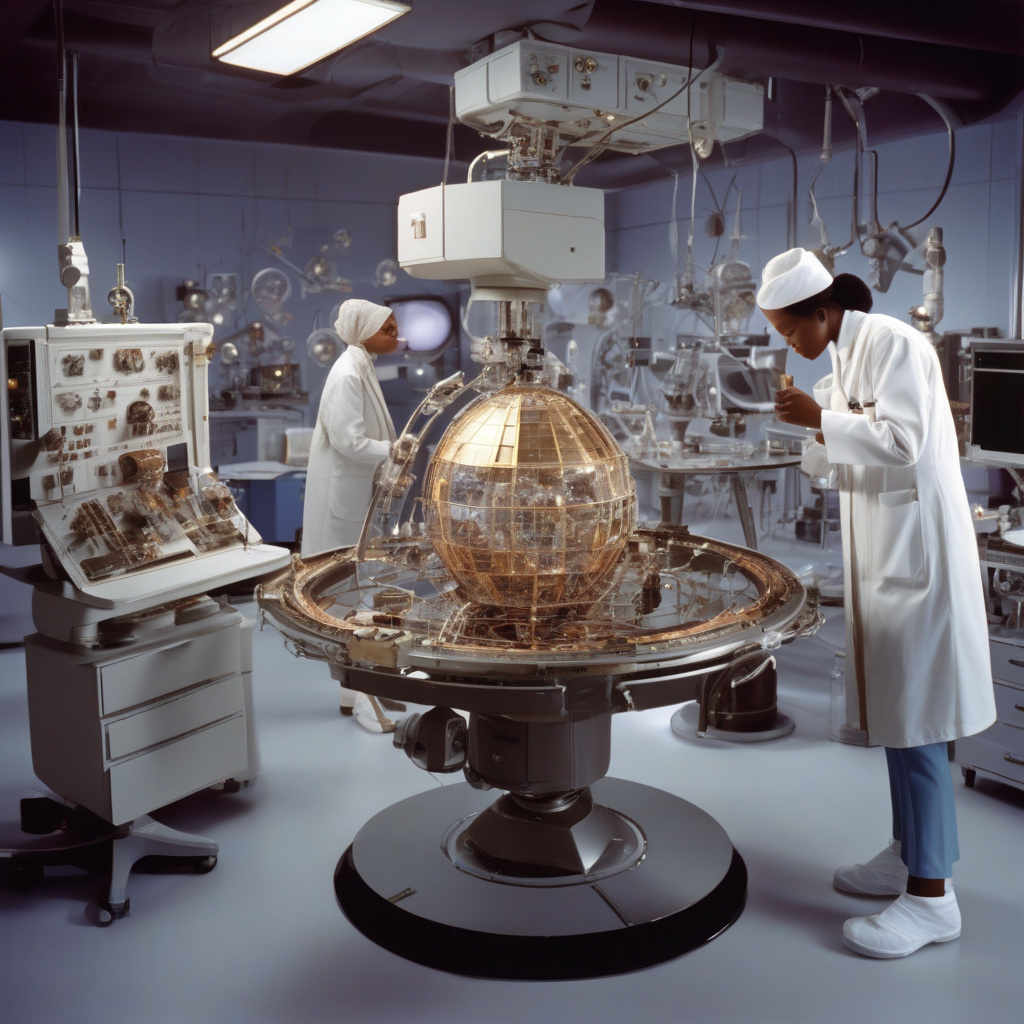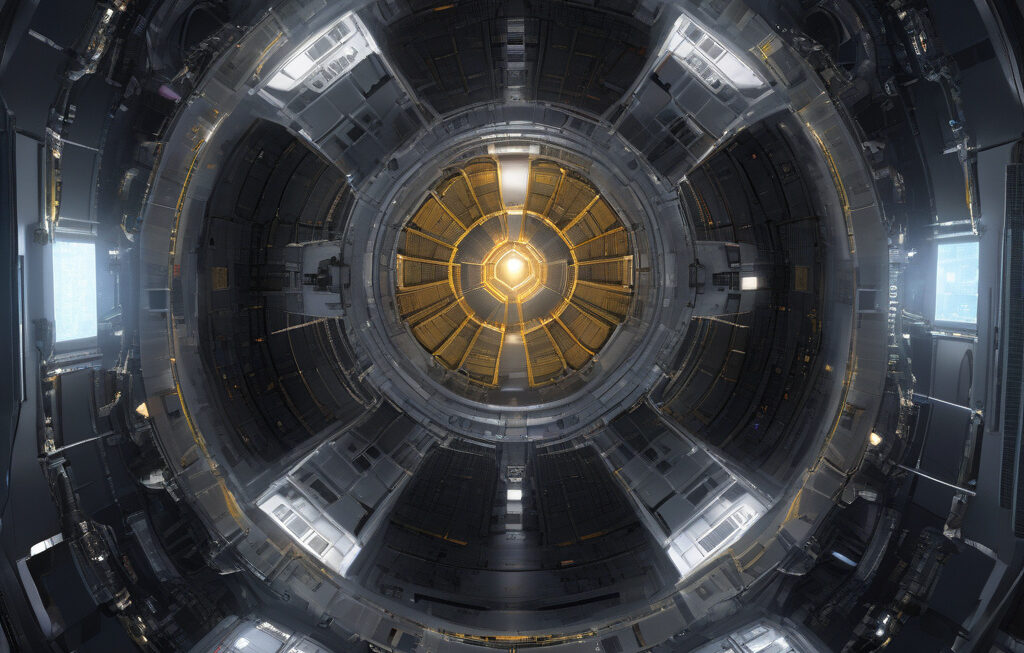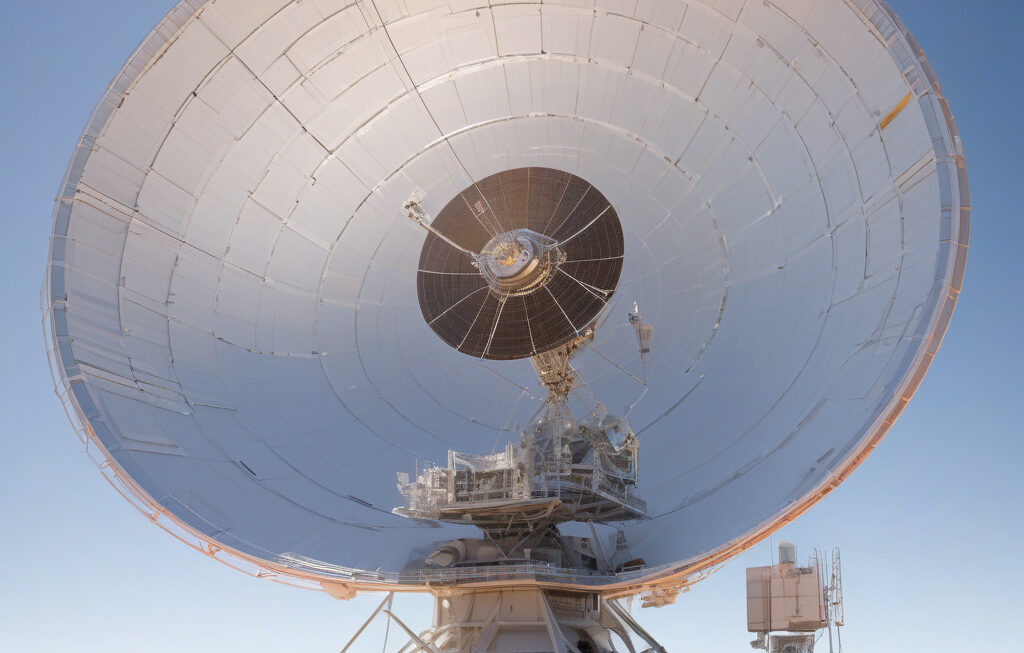Reviving History: Scientists to Monitor World’s Oldest Satellite’s Pulse for Safe Return to Earth
In the intense early days of the space race, a small, unusual satellite was launched into the Earth’s orbit. This satellite, known as Vanguard 1, holds the title of being the oldest human-made object still in space, having been circling the planet since its launch on March 17, 1958. Over six decades later, as the world marvels at the advancements in space technology, scientists are now planning a daring mission to bring back Vanguard 1 to Earth.
The satellite, about the size of a grapefruit, was initially sent into space to study the Earth’s shape. Despite its diminutive size, Vanguard 1 played a crucial role in our understanding of the planet’s gravitational field. Now, as it continues its lonely journey in space, scientists are gearing up to initiate contact with this historic artifact.
One of the main challenges facing the scientists is the deteriorating condition of Vanguard 1. Decades of exposure to harsh radiation and extreme temperatures have taken their toll on the satellite. To ensure a safe return, experts are planning to monitor Vanguard 1’s vital signs, akin to checking a patient’s heartbeat before surgery.
The first step in this ambitious plan is to establish communication with the aging satellite. Scientists will send a series of signals to Vanguard 1, hoping for a response that will indicate its operational status. This initial phase is crucial in determining the feasibility of the mission and assessing the satellite’s overall health.
Once contact is established, the team will begin monitoring Vanguard 1’s systems to gauge its functionality. This includes assessing its power supply, onboard instruments, and navigational capabilities. By analyzing these vital parameters, scientists can determine the satellite’s ability to withstand the rigors of reentry into Earth’s atmosphere.
In addition to technical assessments, researchers will also delve into Vanguard 1’s historical data to gain insights into its journey through space. By studying its trajectory, orbit, and interactions with other objects in space, scientists can fine-tune their approach to safely bringing the satellite back to Earth.
The success of this mission not only hinges on technological prowess but also on meticulous planning and coordination. Every aspect, from the trajectory of reentry to the landing site on Earth, must be carefully calculated to ensure the safe return of Vanguard 1. This endeavor represents a unique opportunity to blend historical significance with cutting-edge technology.
As the world eagerly awaits updates on this unprecedented mission, the story of Vanguard 1 serves as a reminder of humanity’s enduring curiosity and ingenuity. From the early days of space exploration to the present, our quest to unravel the mysteries of the cosmos continues to push the boundaries of what is possible.
In the coming months, as scientists work tirelessly to bring Vanguard 1 back to Earth, the world will be watching with bated breath. The safe return of this historic satellite will not only mark a significant milestone in space exploration but also stand as a testament to the relentless spirit of discovery that drives us forward.
#Vanguard1 #SpaceExploration #HistoricSatellite #ScientificMission #EarthReturn












